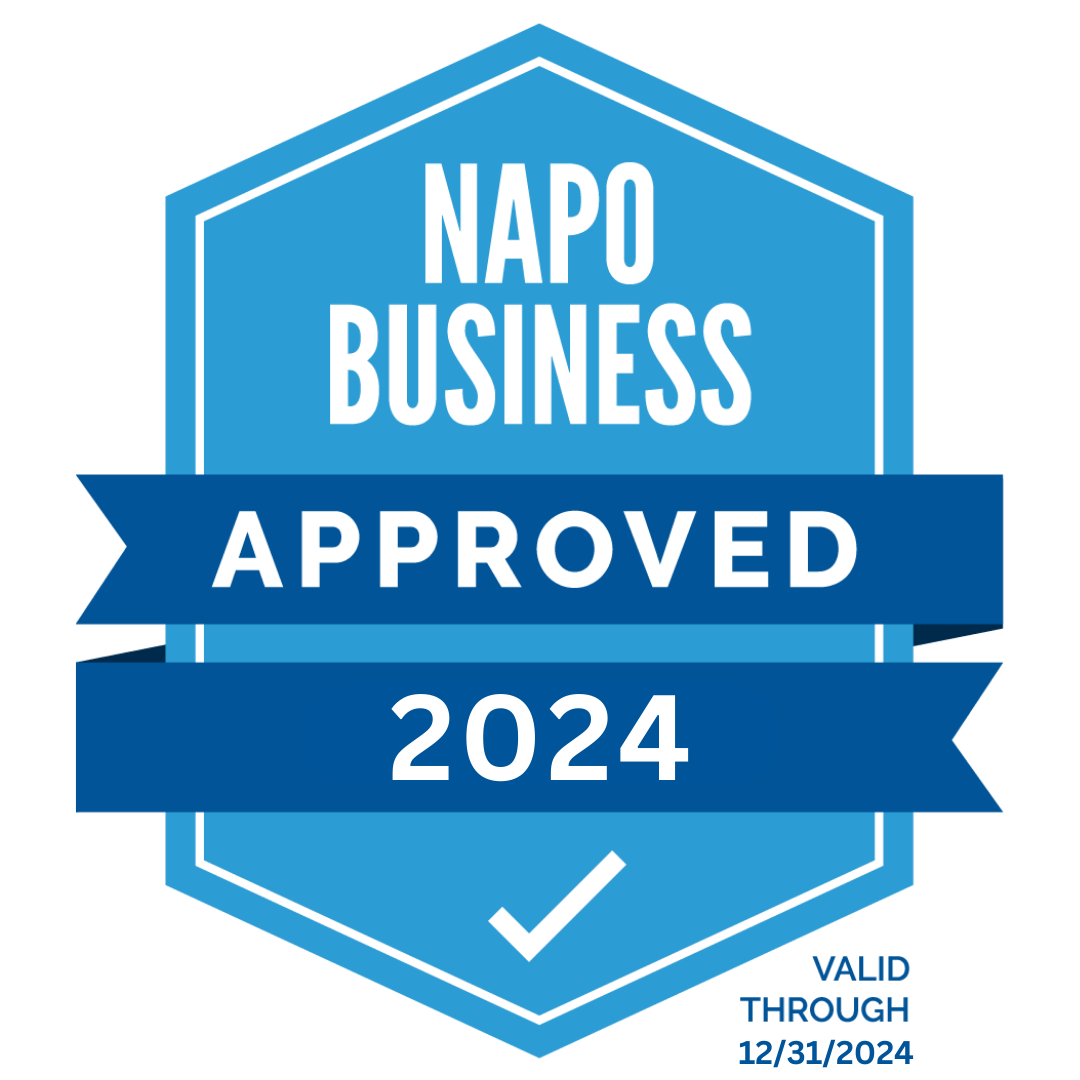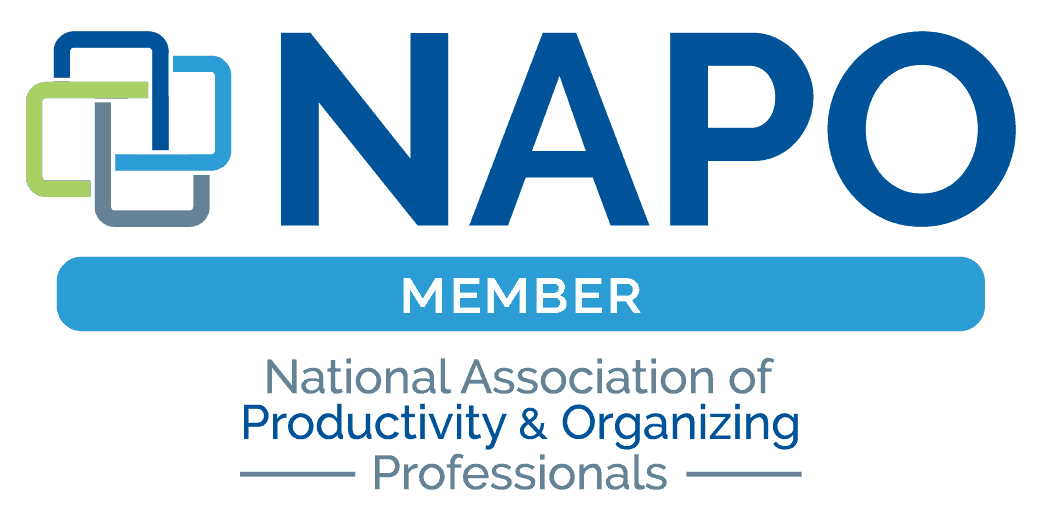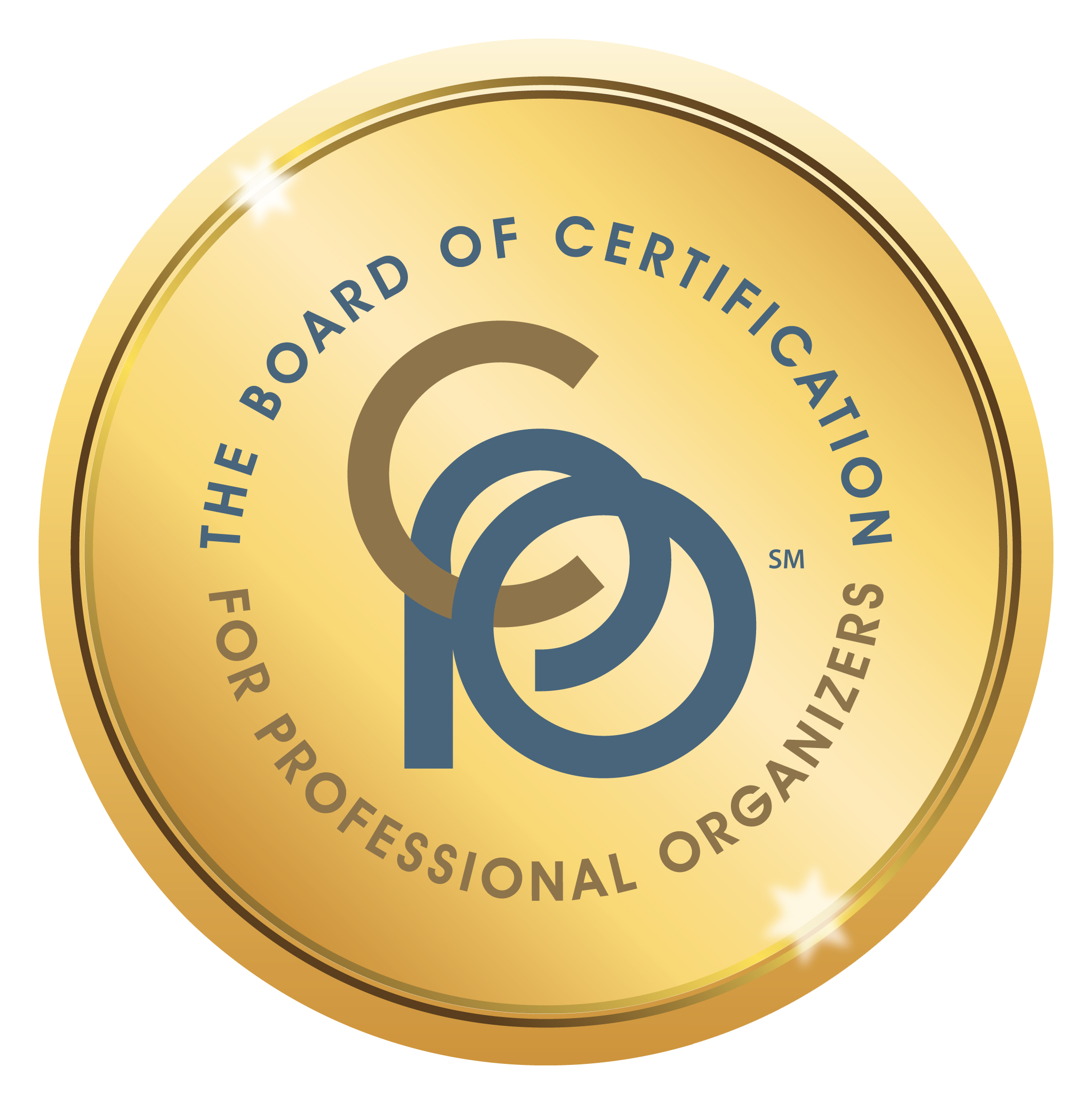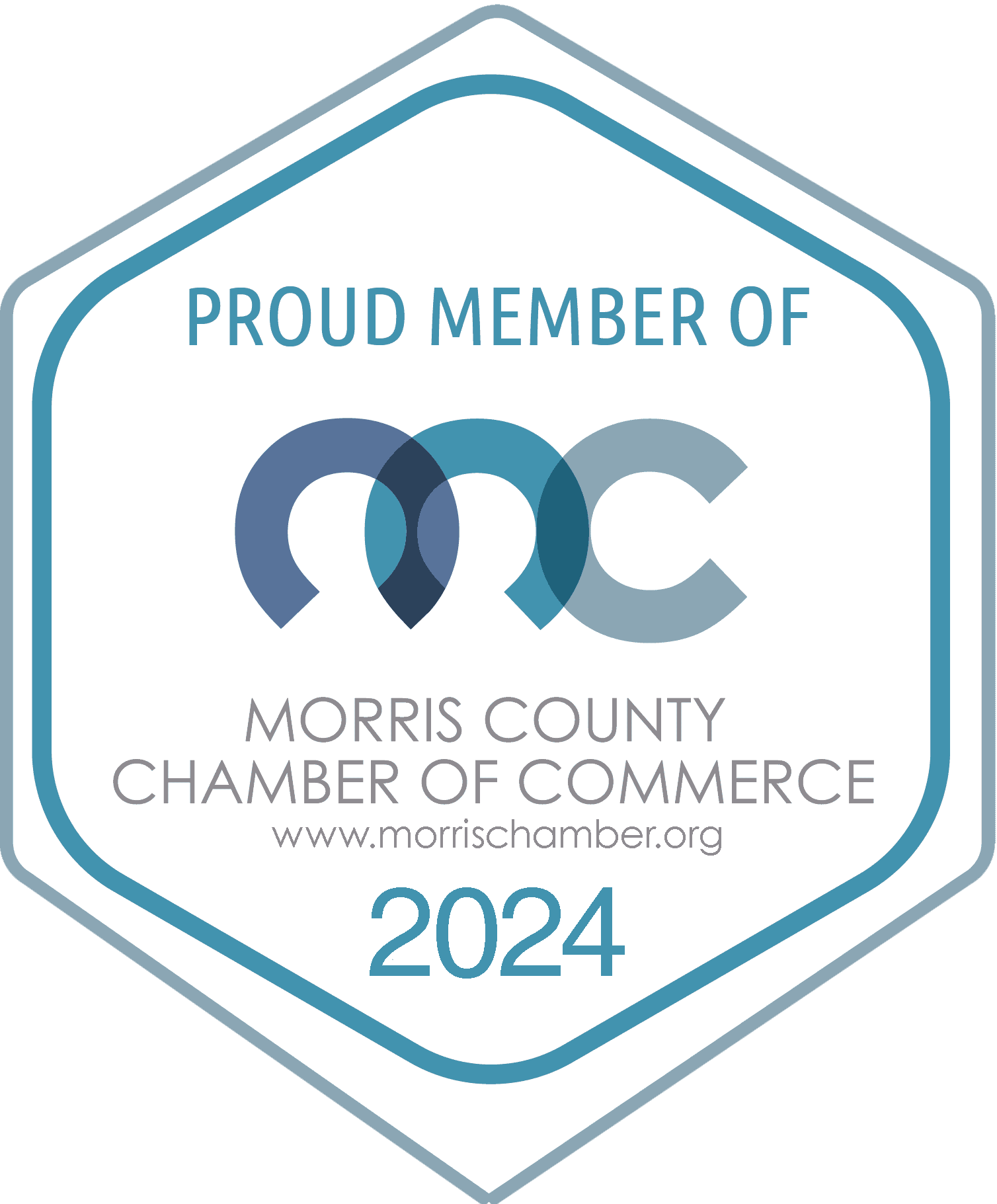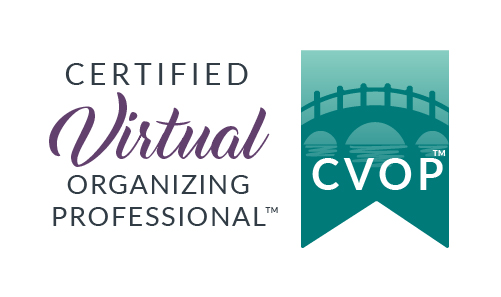Getting organized for Uncle Sam
There are only a few weeks until April 15th, so now is a good time to start organizing information for your tax return. It’s also a good time to get better organized so that next year’s tax return preparation process will be significantly easier.
If you do not already have the blank forms you will need, pick them up at either a bank, a post office or call the IRS or log onto their web site (www.irs.gov).
When figuring out your expenses for tax purposes, there are three key sources of data you should review carefully: your checkbooks and bank statements; your credit card summaries; and your cash receipts and/or petty cash book.
If you have a shoebox or paper bag full of receipts, purchase an expanding accordion file. If you itemize your deductions, label the pockets of the file according to the specific line items that correspond to Schedule A of your 1040 Form (i.e., W-2’s, 1099s, charitable donations, medical expenses, etc.) If you are a business owner, you may need to add additional categories (or have a second expanding file) that correspond to Schedule C (the tax schedule for those self-employed) such as advertising and promotion, travel, continuing education, professional help (attorney, accountant) and supplies. Once you’ve labeled your file, sort your bag or box of receipts into the appropriate pockets of your accordion file.
After you’ve completed your tax return, make two copies and put one inside your accordion file. Label the outside of the file with the tax year, put an elastic band around the entire file and store it in an out-of-the-way location, such as a high closet shelf, attic or basement. You will only need to refer to this folder again in the event that you are audited. The second copy of your return can be filed in the “Taxes” folder in your main household filing system.
Tax experts generally recommend saving supporting back up information for 3-7 years. I generally prefer to err on the side of caution, and keep documentation for seven years. However, check with your accountant or financial advisor who is familiar with your situation for guidance.
To make the tax process easier for 2007, here are some tips to keep track of deductible expenses throughout the year:
Consider purchasing a financial software package, such as Quicken, which allows you to categorize your income and expenditures (i.e., wages, medical, charitable donations, etc.) Quicken is extremely user-friendly, making it a good choice for someone just starting to use technology to garner a better handle on her finances. At the end of the year, you can print out a report which summarizes how much you spent in each category. Additionally, Quicken makes it extremely easy to balance your checkbook, and have an accurate, up-to-date financial picture.
When you buy your accordion file for 2006 Taxes, purchase a second one for 2007 Taxes. Throughout the year, as you get receipts, place them in the appropriate pocket, so all you have to do is add up each pocket at year end. The same is true of income. You can put your paycheck stubs in the W-2 pocket. When your W-2 arrives, check it against your pay stubs; if it is correct, you can then toss the pay stubs. Stubs from dividend checks can be filed in the 1099 pocket.
Designate one credit card solely for deductible expenses (i.e., business related travel, charitable donations, etc.) to simplify your record keeping. Ideally, this credit card will be one that sends you an annual summary of categorized expenditures.
As soon as you are handed a receipt you believe is deductible, jot down the category/reason on the back. This is particularly helpful if you tend to save receipts in your wallet for a while before you file them; frequently cash register receipts list only the date, and not the name of the establishment.
If you charge a meal that you plan to deduct, you need to document it as an entertainment expense. On the back of the credit card slip, write down with whom you dined and the nature of the business discussed.
When you donate clothing to a charity, make a list itemizing each item and its condition. Most charities will validate your list or give you an official receipt which you can attach to your list. Get a copy of the IRS guidelines detailing how to use donations as tax deductions.
To keep track of deductible mileage (to and from volunteer or charitable work; to and from doctors, hospitals, treatment centers; business travel; etc.), keep a small notebook or auto log above the sun visor or in the glove compartment of your car. Use a new page for each month and total each month’s mileage at its end. Be sure to start a new book for the next calendar year.
Rather than tackling your tax preparation all at once (which is enough to send anyone running for the aspirin), break the job into manageable, tolerable chunks. For example, on night one, you might sort your receipts, on night two you might add up half of the pockets (categories), on night three you can add up the remaining pockets, and so on. As mentioned earlier, be sure you have all of the necessary forms (midnight on April 14th is not a useful time to realize you’re missing a key form), as well as a calculator on hand before you begin. It’s generally helpful to make or request an extra copy of each form in case you make a mistake as you are filling out your return.
Here’s hoping there’s a refund check in your future!








